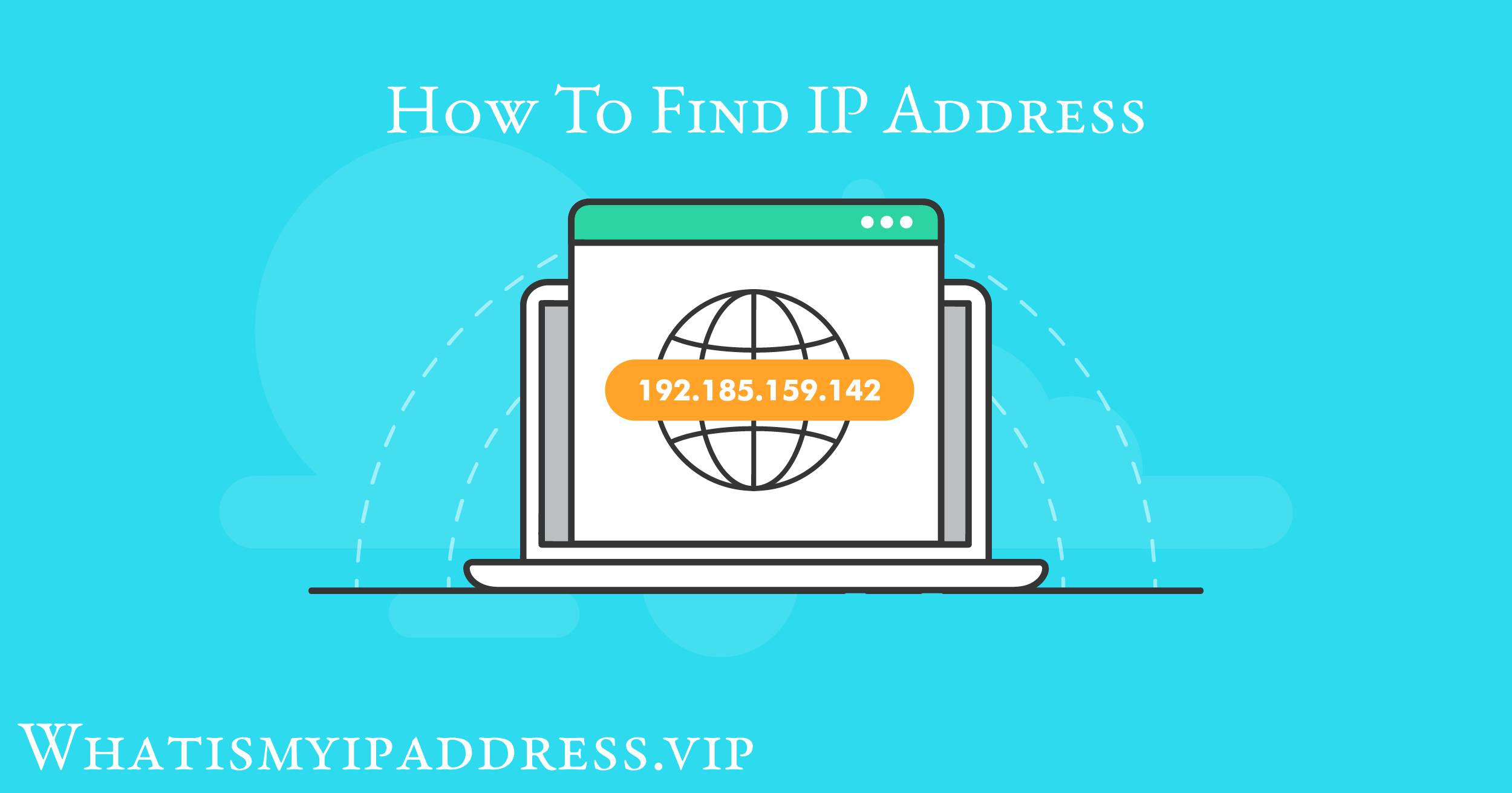
In today’s online environment, every device is labelled by an IP address. Long-term that label, while handy for routing data, can prompt concerns about privacy, access to location-restricted media, or even persistent connection difficulties. Because of those concerns, grasping how to update that address—especially through methods other than a VPN—becomes surprisingly practical.
This guide walks you through a clear explanation of what an IP address is, step-by-step directions for changing one on Android manually, and several alternative ways to refresh that number without relying on a VPN.
What is an IP Address?
An IP address, short for Internet Protocol address, is simply a coded series of digits that identifies any device hooking up to a network. That code steers packets of information to the right destination, so an email travelling from a laptop in London arrives safely at a server in Sydney.
There are two main types of IP addresses:
– IPv4: 192.168.1.1 (the most familiar format, but capped in total addresses)
– IPv6: 2001:0db8:85a3:0000:0000:8a2e:0370:7334 (recently adopted, more elaborate).
Types of IPs:
– Public IP Address: assigned by your ISP and visible on the open Internet.
Why Change Your IP Address? People change their IPs for a variety of practical reasons:
How to Change Your IP Address Without VPN Though VPNs are popular, they are not the only way to swap an IP. You can also try some simple tricks or even a quick hardware reset. Here are some straightforward methods that do not involve a VPN:
Steps:
– Power off the modem or router.
– Wait 5-10 minutes.
– Turn the device back on and let it reconnect.
Check Your IP. Before trying any method, visit a site such as https://whatismyipaddress.vip, note your public address, then check again afterward to confirm the change.
Try-wi-fi. Try- Wi-fi. Try.
– Connecting to a mobile hotspot.
– Logging into a public Wi-Fi.
– Using a friends wi-fi network.
Types of proxies.
– HTTP/HTTPS proxies-basic browsing. – SOCKS proxies-more versatile-used for streaming torrents etc.
Caution-proxies offer less security and sometimes break with sites that check for them.
Manually Changing Your IP Address
For users who prefer greater control or who need a fixed address on the network, it is possible to change IP settings directly through the device’s configuration menu. Below are step-by-step guides for Windows and Android.
For Windows:
Note: This process adjusts the local IP only; the public address assigned by your Internet provider remains unchanged.
How to Change Your IP Address on Android Manually
Android devices allow a manual IP change only when connected to a Wi-Fi network. Here is how to do it.
Steps:
Note: Changing your device’s IP this way affects only the local network, not the public address seen on the internet. To alter your public IP on Android, either switch to mobile data or use a proxy service.
When Should You Use a VPN Instead? While these non-VPN tactics can work, a good VPN bundles extra advantages that can be hard to match:
Encryption: Every bit of traffic is scrambled, making it far harder for hackers to read anything.
Geo-spoofing: With a click, you can look like you’re sitting in a totally different country or region.
Consistency: Log on to a new server and the IP swaps automatically, so you dont have to remember settings.
Bypass restrictions: This is especially handy when traveling to places where content is heavily censored.
Top VPN choices today include NordVPN, ExpressVPN, ProtonVPN, and Surfshark.
Check If Your IP Address Changed To see whether the change really took:
Final Thoughts Learning to change your IP is more than a nerdy trick; in a world where privacy, content access, and online security matter, the skill puts some control back in your hands. Whether you want to dodge a block, keep your name out of sight, or simply fix a misbehaving connection, knowing how to swap that address makes your web life a little smoother.
You don t always need a VPN. Often, restarting your router, switching networks, using mobile data, or changing a few settings can solve the problem. Still, if you want steady encryption, worldwide access, and lasting anonymity, paying for a reliable VPN is worth the investment.
Pick the option that fits your needs right now, and take control of your online identity.